Saint Patrick’s Day is 17th of March, and everyone will be wearing green, dyeing their beard ginger and probably wearing the “Póg mo thoin” t-shirt with a “Kiss me I’m Irish” hat. Also, internet will be filling up with listicles about trivial Irish FYI. I want to share with you some amazing nerdy facts about Ireland that I miss so dearly.
1) There is such thing as Síle na gcíoch
Back in the day when I lived and studied in Dublin, I was the best CouchSurfing host ever. Trinity College allowed me to visit their amazing museum for free and bring +2. Among bazillions of rocks, beads, boats, illuminated manuscripts and other artifacts there was one winner that ceaselessly amazed all my guests. Sheela na Gig is a rock-carved statue that medieval people in Ireland (and other nearby islands) used to put on church gables and walls, perhaps to drive away evil spirits, or to warn good Christians against sin. The statues depict a woman holding her exaggerated vulva wide open with her hands. Fertility goddess n’all.
2) One of the most famous medieval poems from Ireland is about a cat
It is written by an anonymous Irish monk around 9th century and talks about himself and his kitty named Pangur bán (white Pangur), how they live together day-by-day, each one invested in their passion for knowledge (monk) and mice (cat). Those medieval Irish folks loved their cats. In fact, there is a whole legal text, Catslechta, that classifies cats according to their role in the household, and assigns different price for each type of kitty. There is a cat that protects the house, a cat that protects the cow shed, a cat that lives in the barn and hunts mice, a pillow cat for ladies, a cat for children to play with, and other types of furry beasts. To think about it, cats in medieval Ireland not only had legal rights, but also probably were quite huge, as some of the articles of the law deal with injuries that one might sustain from a guard cat protecting the barn.
The awesomest cartoon of all times ‘The Secret of Kells’ features this Pangur Bán.

3) Irish monks would sometimes get hammered and then write about their hangover
Modern Irish word for hangover is ‘póit’, or you can simply say ‘Tá póit orm’ to relate your pain. Somebody who wrote on the margins of medieval St Gall glosses in Ogham (pre-latin alphabet in Ireland) and in latin letters, found a brief and idiomatic expression: ‘latheirt’ (“ale killed us”) for their morning condition. Reputation: it’s built through centuries.
4) Bean Sí is a spirit of death in Irish folklore, usually seen in a shape of woman brushing her hair or washing bloody clothes in the water. If you hear her piercing scream in the middle of the night, you’re done. Only those who are about to die can hear banshee weep. However, in most cases when you hear evil howling outside it is coming from the pub next door.
5) Irish monks were probably the first Europeans to reach the Americas, although they were unable to build ships (until the vikings taught them a few centuries later) and had to navigate in a currach – a fishing sailboat made of ox hides. In the 1970s, British explorer Tim Severin decided to build this type of traditional boat and prove that in practice this voyage could have been possible even in the 6th century. Think Kon-Tiki, but across the Atlantic. He wrote a book about it, ’The Brendan voyage’. The theory is based merely on a 9th-century text telling about the sea journey of St Brendan (6th century monk) and phenomena that himself and his companions witnessed in the ocean, such as pillars of ice, a whale island, islands full of birds and other weird creatures.
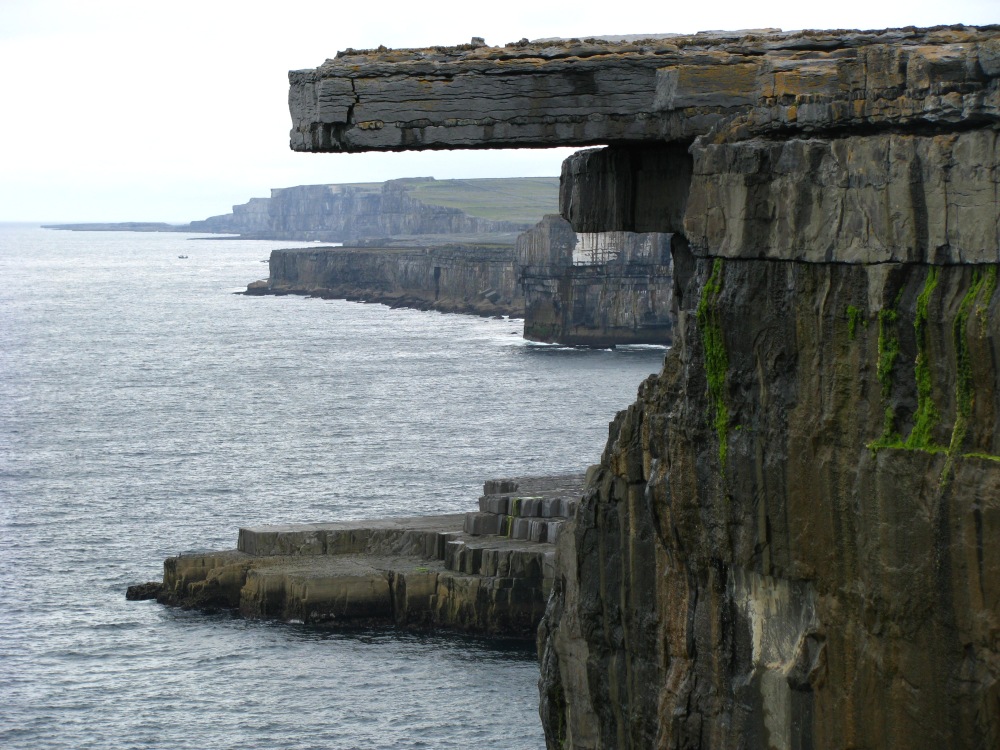
6) Ireland’s Co. Limerick has a town called Dún Bleisce, which literally translates as ‘Fort of a Woman of ill repute’. Its existence (and name) goes back to medieval times (8th century), although in the 1970s somebody probably discovered the ungodly place and decided to rename it into simply Dún (Fort). The villagers managed to get their culture and pride back only in 2008 when the Ministry for Communal, Rural and Gaeltacht Affairs allowed the town to be called ‘Fort of a Whore’ again, restoring the historical justice.
7) The original hobbits lived in Ireland, and you can win a lottery to celebrate the Winter Solstice there
Have a look at Knowth (Irish, Cnoghbha), an ancient Neolithic site about two hours drive from Dublin.
The mounds do not have round doors or cosy interior design, but are surely more historical than Peter Jackson’s prop town. Moreover, the nearby Newgrange is a majestic Neolithic mound built over 5000 years ago, and with a trick: every year on Winter Solstice around 9am the rising sun shines right above the stone opposite the entrance and reflects on the wall at the end of the passage, filling the entire chamber with orange light.
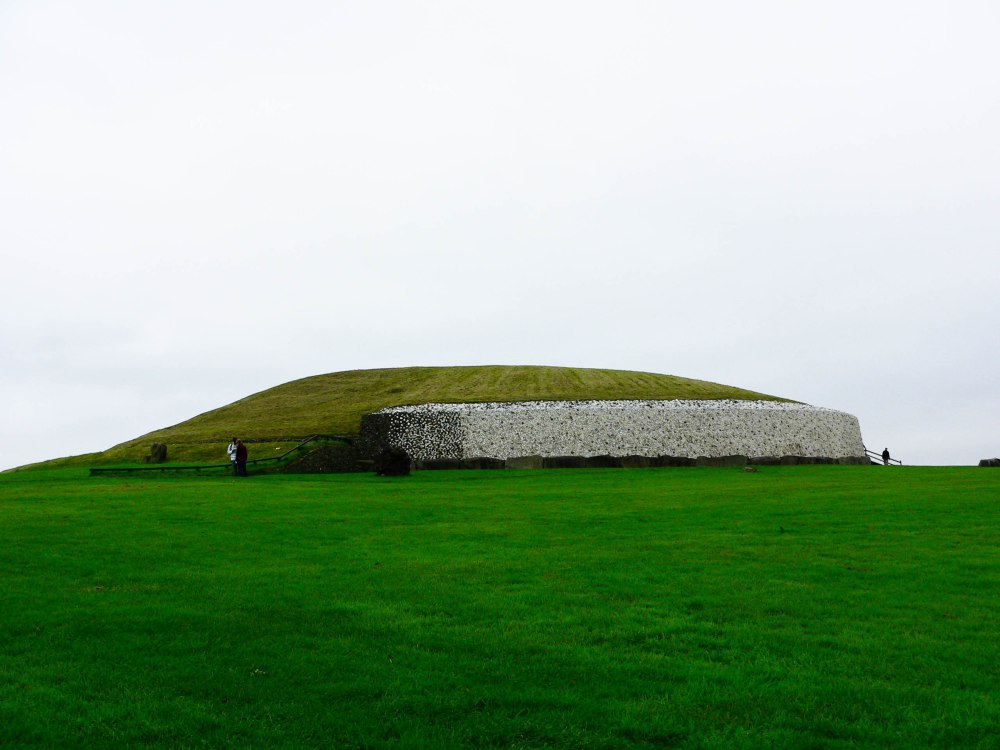
Unfortunately, space inside is limited, and you can only witness this marvelous event if you win the Solstice Lottery.
8) According to another medieval Irish text, winds have colours, actually twelve of them. Northern (black), Western (grayish brown), Southern (bright) and Eastern (purple) winds, plus 8 winds in between the main four. If you look around in different times of the day, you can actually understand why someone would think of it. Suck it, Disney Pocahontas, the Irish noticed it first.
9) In Irish folklore, besides leprechauns and banshees, you will find sealkies – half-seals half-women who can live on earth a certain amount of time before putting on their seal skin and swimming away. Yes, in Ireland, these lazy blobs of fat actually turn into pretty ladies.
This myth is featured in another marvelous animation, ’Song of the Sea’ that I am yet to find online to watch.
10) Finally, a short rant about Irish language, the marvelous Gaeilge. The two-week period leading to St Patrick’s day is Seachtain na Gaeilge (The Irish Week), when everyone on the Emerald Isle and beyond is supposed to celebrate the glorious ancient speak of the country. The sad truth is, hardly anyone in Ireland nowadays speaks Irish as a first language. A few generations ago you could still find people who had zero English, but as of 2015 people in Ireland are either bilingual or can only speak English. To put it simply, you can find a job without speaking Irish, but cannot find a job without speaking English. Blaming the British imperialism for this confusing linguistic situation is not quite fair. In fact, it takes more than just 800 hundred years under snobbish foreign invaders to completely neglect and abandon your language. I believe that the breaking point for modern Irish language came around mid-19th century during the Famine, when so many people started emigrating overseas, and parents of starving families did not really see the point of teaching their children Irish, since everything they would need abroad, in ‘Merikay, was English. Add to this constant nagging of the British army and police: «Speak English, ye Paddy, we are really bad at learning foreign languages». Irish language became associated with poverty, shame, and misery. Despite the fact that is the most imaginative, twisted and poetic language on the planet that doesn’t even have words for ‘yes’ and ’no’.
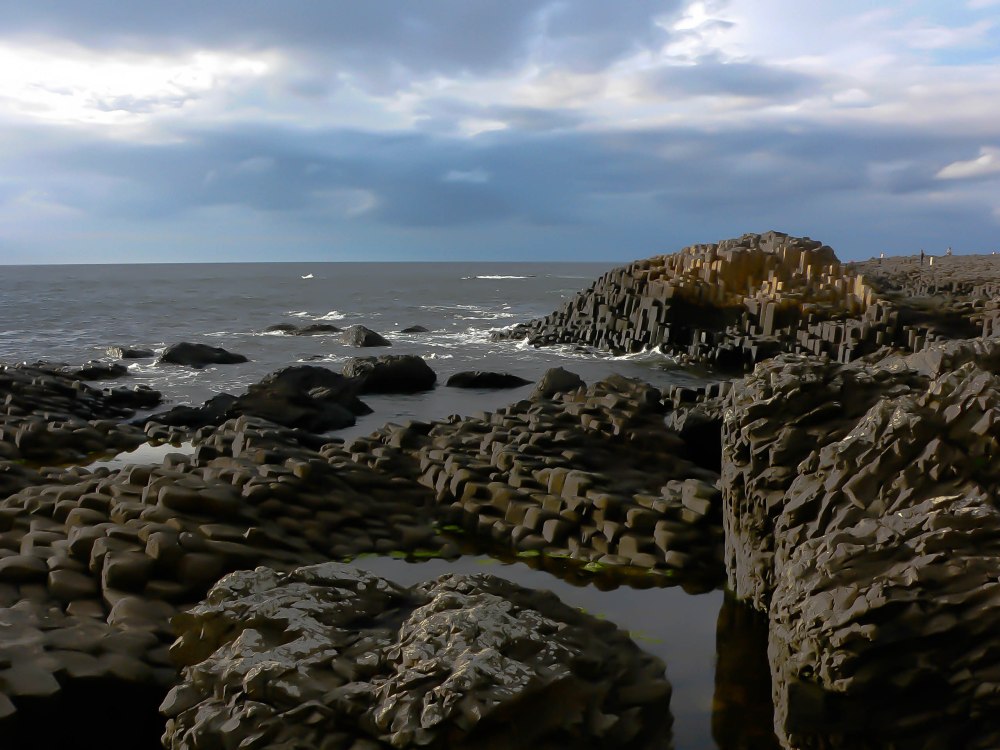
(Agus chuala mé go n-usáidtear an Ghaeilge mar teanga rúnda san Arm na hÉireann thar saile, toisc nach bhfuil mórán daoine lasmuigh den tír a bhfuil Gaeilge acu… Seachas spiairí Rúiseacha).
Lá Fhéile Pádraig sona daoibh! Happy St Patrick’s Day to yiz! Get green and get drunk.
Meanwhile, let me share with you some incredibly good Irish music.
Bréag
Lisa Hannigan
Hannah Peel
The Saw Doctors

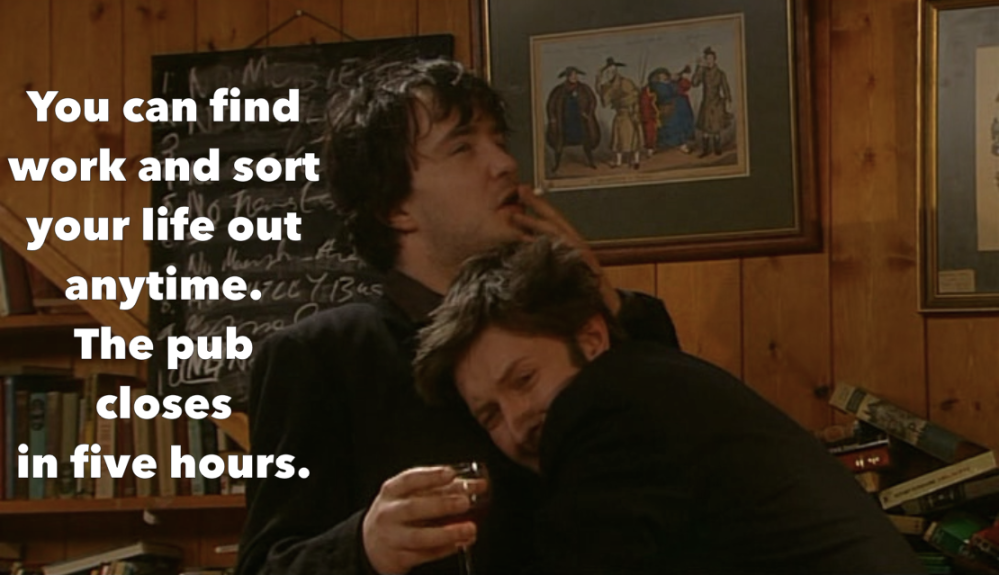
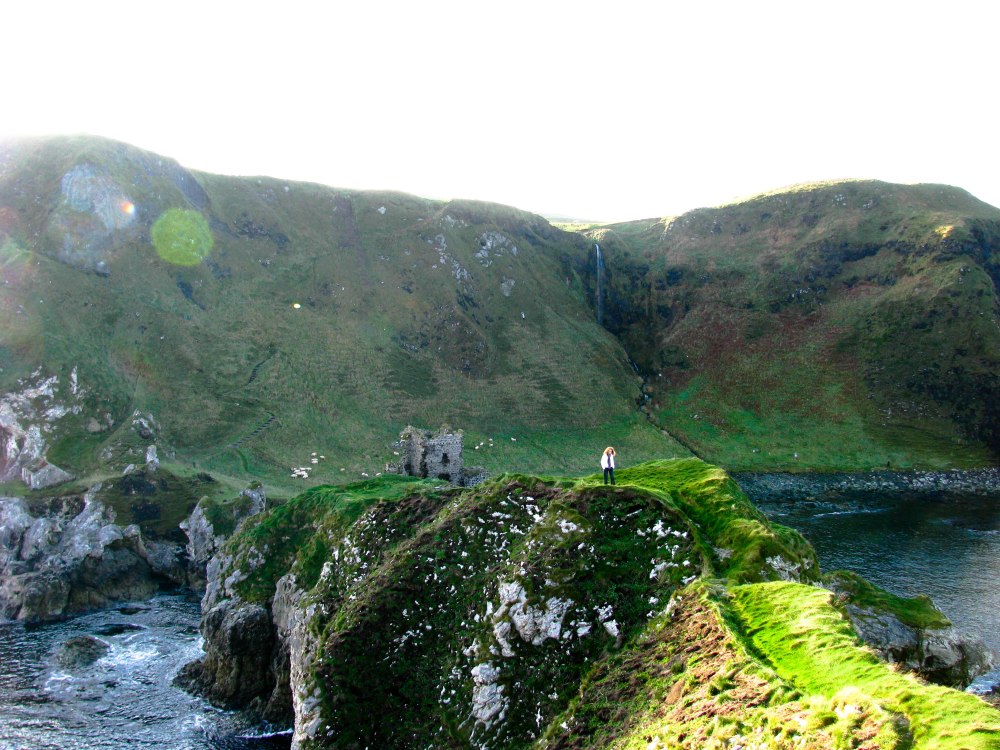
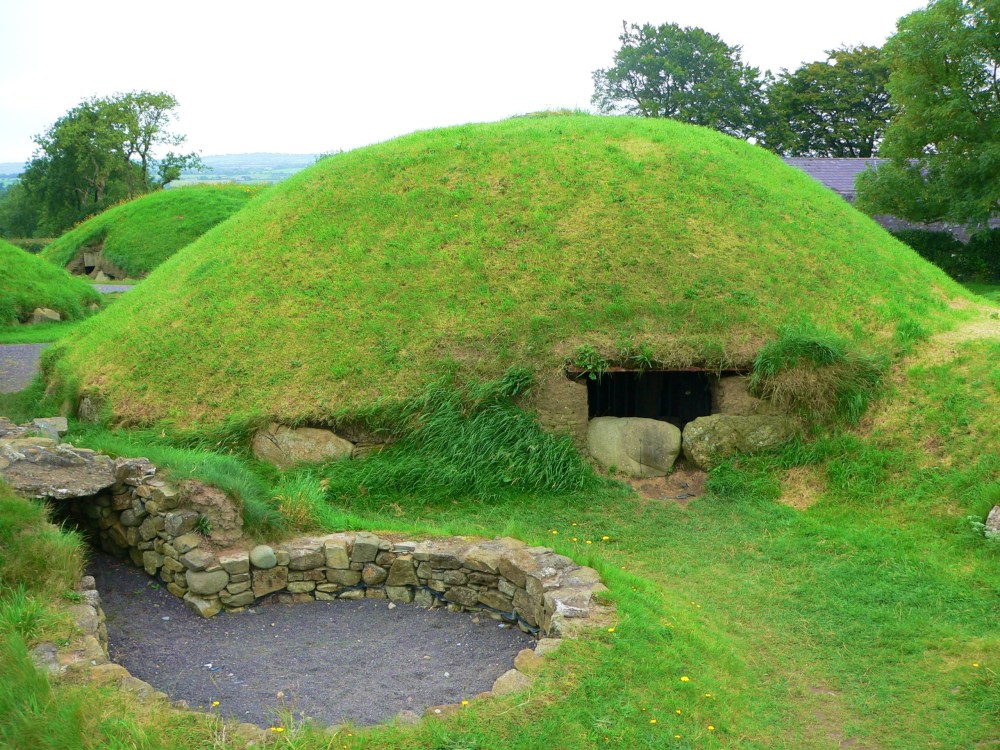

Nice post, interesting facts, about one of my favourite countries, that I just found out about.